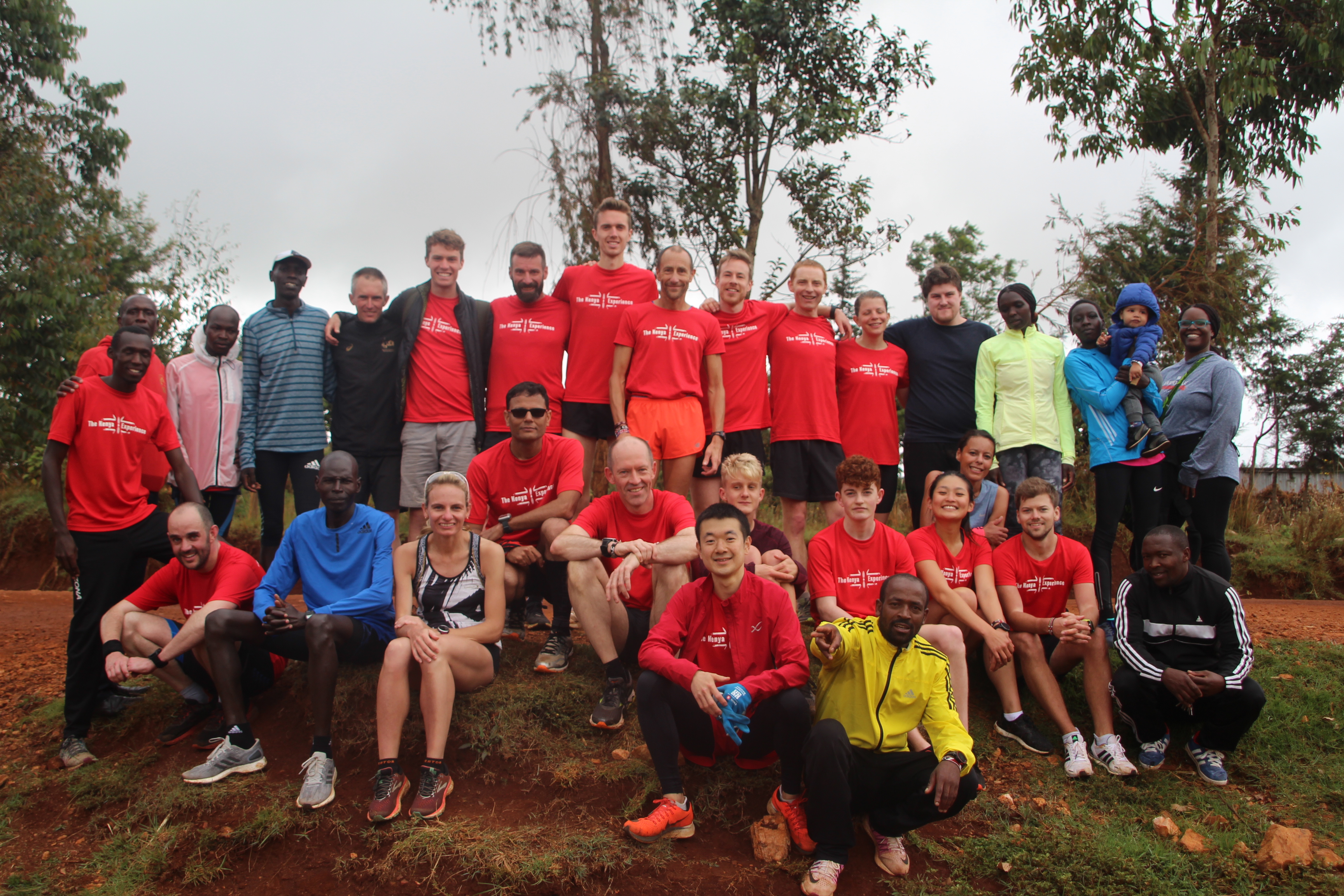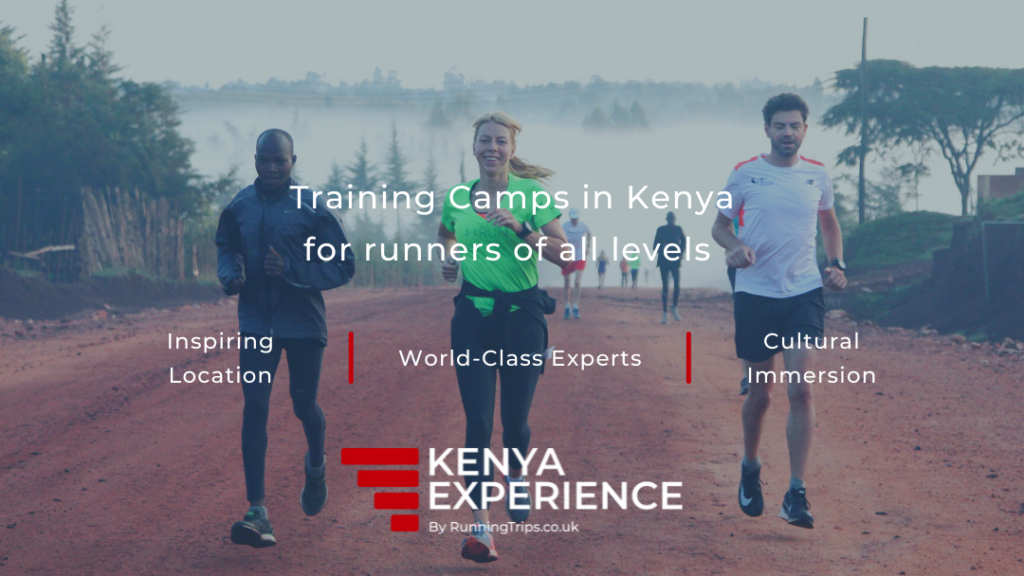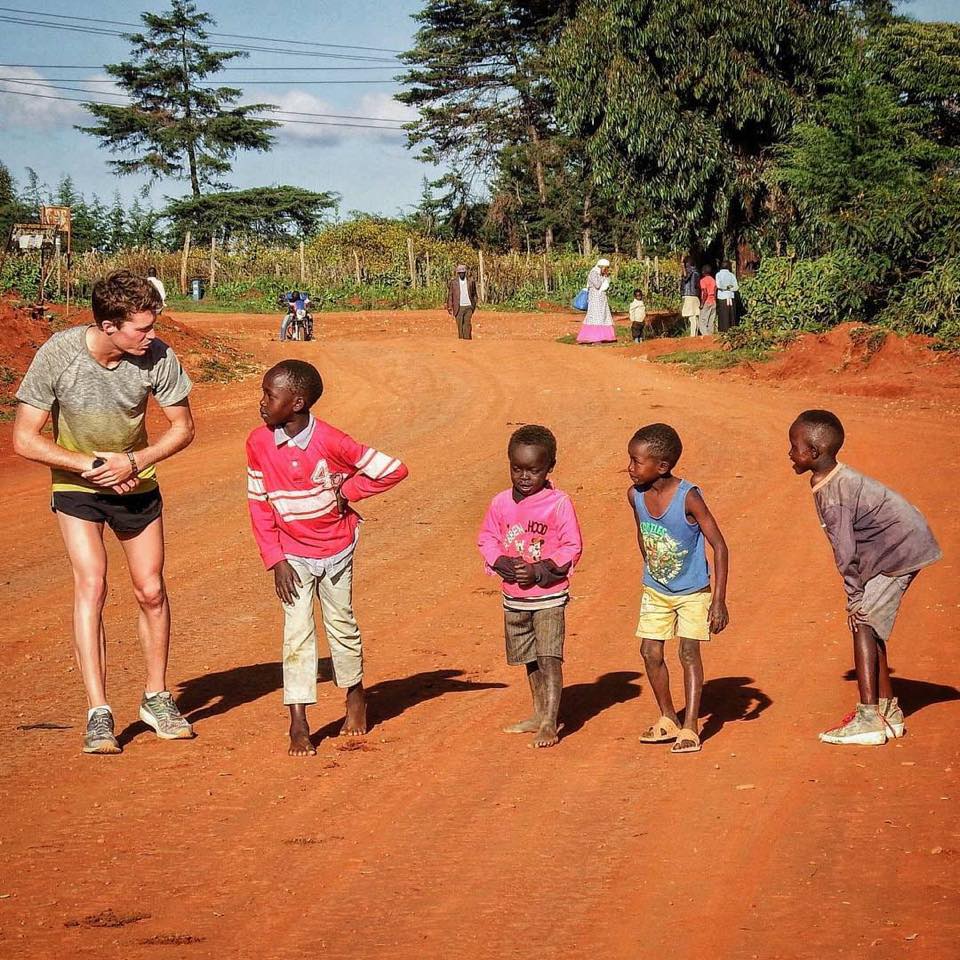In part 5 of our Lessons from Kenya Series, coach Callum takes a look the difference between pace, effort and intensity and how Kenyan runners often disregard the former when gauging how to run their workouts.
Anyone who is familiar with Iten, ‘The Home of Champions’, will know exactly why it attracts so many runners from around the world. The rolling, soft dirt trails, the hilly terrain, beautiful scenery, 2400m altitude, all contribute to an incredible yet challenging training environment. As runners doing everything we can to optimise our performance, one of the key things to consider in our training is continuous progression. In physiological terms, progression usually means adding new stimuli and new challenges that result in adaptation and improvement, so for most people who are used to running at, or close to sea level, and on relatively easy-going terrain, heading to Iten for training camp does exactly that. However, while these features of Iten do contribute to the overall positive aspects of what is one of the most ideal trainings location on Earth, they can take even the most seasoned runners by surprise.

When you first arrive in Iten the 2400m altitude is not immediately noticeable. You don’t arrive at the camp and begin gasping for air. You perhaps get more out of breath than you’d expect when walking to the shops, but aside from that, the effects of the altitude when going about your every day business are negligible. Start running, however, and it’s a different story. You will almost instantly realise that there is no way you will be able to maintain the same pace you would at sea level. If your easy runs are to remain easy, then they will simply need to be slower that you would normally run them at home, likewise if your threshold runs are to stay at threshold intensity, or if your hard intervals are to be manageable, then they too need to be slower. Add on top of this the additional challenge of inescapable rolling hills throughout Iten and the surrounding landscape, then you begin to see why your usual training paces go out the window altogether.
So, if you can’t train at your usual pace, how do you judge your workout? Your coach has set you some threshold running, or 1km intervals, or a moderate tempo run, how do you gauge that to ensure you are training at the right level? Attention has to turn to the intrinsic feeling of effort.
Training camps in Iten, Kenya
The Running Holiday of a Lifetime
Learn more about Kenya Experience
Running at a certain effort level is a very effective way of making sure you are operating in the correct training zone and getting the desired benefits out of the training session. In this respect, using your pace as an indicator of your training zone can often be perilously misleading. Referring back to the example of training in Iten for the first time, should you attempt a threshold run at your usual threshold ‘pace’, you will quickly find (after less than 3 or 4 minutes of running) that there is no chance of maintaining it for the desired length of workout. Ignoring the pace, however, and focusing only on intensity, will lead to a far more successful training session, not only because you most likely be able to complete the whole workout, but because you will also be training in the right intensity zone (at your anaerobic threshold in this example) and will therefore reap the desired benefits from the workout.
This is something that most Kenyan runners have mastered – their ability to ‘run to feel’ is exceptional. They know the desired outcomes of the workout and what intensity to train at in order to achieve those outcomes. If they are running on a particularly hilly loop, or at a different altitude, for example, then the pace of the session could change dramatically to that of the very same workout last week, but the effort and intensity will stay the same.
I found all this out the hard way. I went to a training camp in Iten and despite knowing that the altitude and hills clearly had a tangible effect on the pace I could maintain in certain workouts, I still became frustrated when I wasn’t able to match the paces I was used to achieving back home. It took me several months to come to terms with the fact I have to stop looking at the pace all together and rely on the feeling instead. Sure enough, I started to become much better at knowing how hard to push, regardless on the terrain, or the altitude (we regularly moved up and down several hundred metres to train at various locations, so the change in altitude also affected the training), or the conditions.

Coach Callum during a training camp in Iten
These examples, the conditions, hills and other external factors, present a rather obvious reason as to why you clearly need to adjust your pace in order to maintain the right effort level; however, there are other, more subtle, reasons that are often ignored and which often lead to runners becoming frustrated and unmotivated if not addressed. Something as simple as training at a time of day you are not used to (for example running early in the morning, if you usually train in the evening) can have an impact on the pace you are able to run at while maintaining a certain intensity. Many runners experience a decrease in their anaerobic threshold pace when they train early in the morning by several seconds per km. So someone performing a threshold session early in the morning, who tries to maintain their usual evening threshold pace, will most likely be training at an intensity that is too high, and possibly go above their threshold, hence not achieving the desired goal of the workout. Similarly, a hard or mentally challenging day at work, an emotional conversation with a loved one, a stressful day with the kids can all affect how hard we are able to train and could mean training at the usual pace leads to training at the incorrect intensity. The opposite is also true, if you are feeling particularly good or you have been recovering and sleeping well after recent training sessions, then you may well be able to train slightly faster than your usual pace while still maintaining the correct intensity, and that is also okay.
Learning to accept this is and embrace the different paces from day to day is one of the key things I have learned from multiple visits to Iten. Where I once would have looked at my watch, seen a lower number than I wanted and been frustrated, I now look at it and largely ignore it, providing I am working at what feels like the right intensity. I have learned from the Kenyans that there are so many factors that affect the pace I can maintain at any given moment, but as long as I have a deep the feedback I get from my body during training, then I am always in control.
Thanks for Reading,
Coach Cal,
The Kenya Experience – Running Camps in Iten Kenya for runners of all levels

Our running camps provide an inspirational location, expert coaching and a supportive group environment for runners of all levels.With an emphasis on ‘doing it the Kenyan way’ the camps include guided runs, practical workshops and an exciting itinerary outside of the actual training itself which will immerse you inside the Kenyan running scene. You will meet and learn from top Kenyan runners & coaches and interact with the local community in Iten under the guidance of our expert staff. Want to know more? Click here for details on our training camps.
About the Author
Callum Jones is an elite runner and professional running coach. He coaches athletes of all levels from all over the world and has himself run 5k in 14.05. He began working for Running Trips in October 2017.
“I’ve been an aspiring distance runner for the last 15 years and worked hard to improve my times year after year. Training in Iten was an incredible experience for me, it really took my running and love for the sport to a new level and opened my eyes to a whole new mentality towards training. Working for Kenya Experience is fantastic as I can offer my knowledge of the sport and insight into the Kenyan running culture with our guests.”



Recent Comments